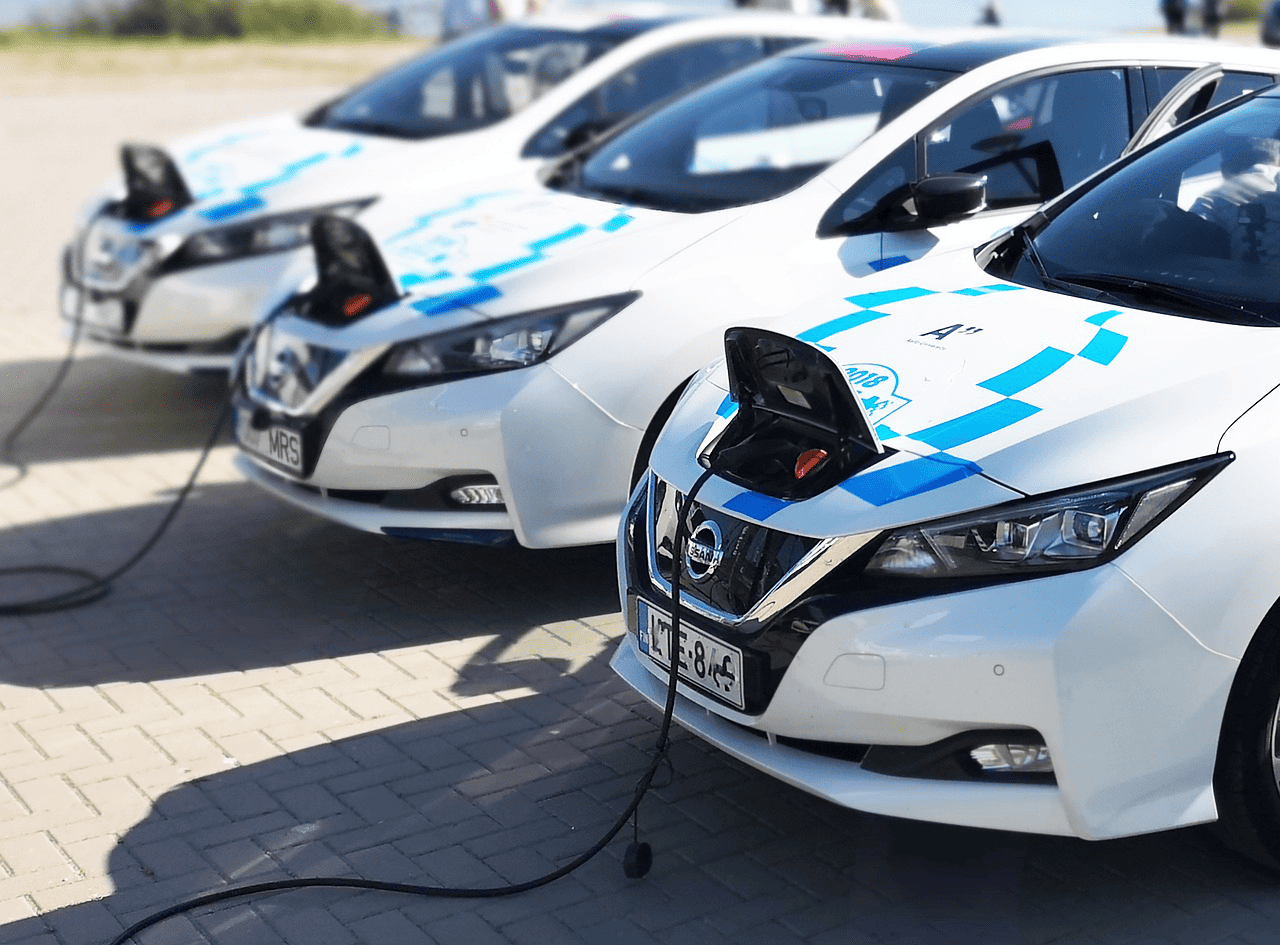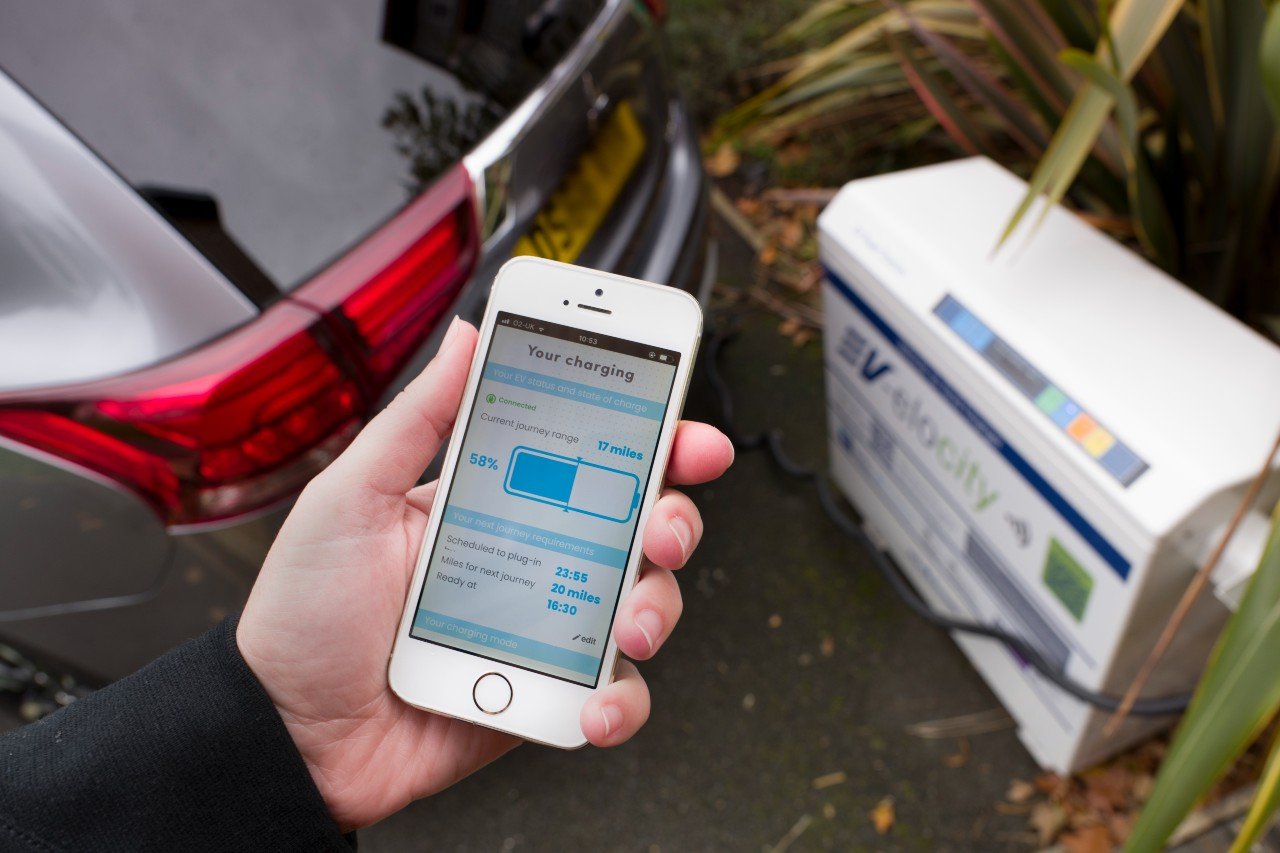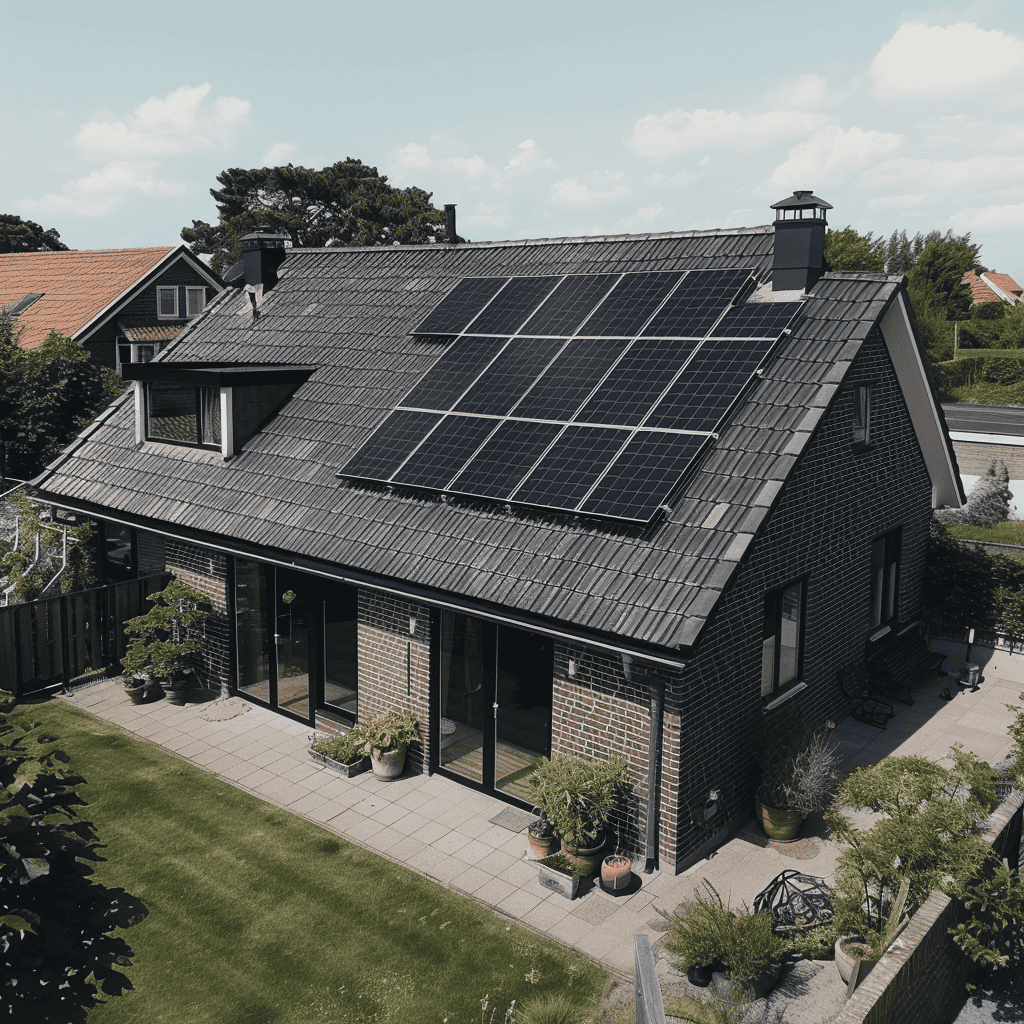
The Netherlands’ ROBUST project, backed by RVO subsidies, is testing bidirectional charging in electric vehicles. This innovative technology allows cars to both draw and supply electricity, potentially stabilizing the power grid during peak demand or surplus renewable energy production.
Bidirectional charging technology allows electric vehicles (EVs) to act as mobile power units, channeling electricity back to the grid when needed. This capability is critical for stabilizing the grid, particularly in regions like the Netherlands, where renewable energy sources such as wind and solar are prevalent. By storing excess energy generated during times of high production, these vehicles can release power back into the grid during peak usage periods, thus balancing supply and demand.

Utrecht as a testing ground
Utrecht, known as the largest testbed for smart and bidirectional charging, plays a pivotal role in the ROBUST initiative. Various stakeholders, including companies like We Drive Solar, are collaborating to expand this test environment. The aim is to conduct large-scale trials by 2025, evaluating the real-world efficacy of integrating multiple innovations within a coherent energy management system. Robin Berg of We Drive Solar emphasizes the importance of practical application, stating that only through extensive testing can the true potential of these innovations be realized.
Future Prospects and Challenges
Looking beyond current initiatives, the ROBUST project envisions expanding bidirectional charging to shared electric vehicles, a concept that has garnered enthusiastic responses from agencies like the RVO. However, the energy transition presents numerous challenges, necessitating further innovations and testing by other parties.







